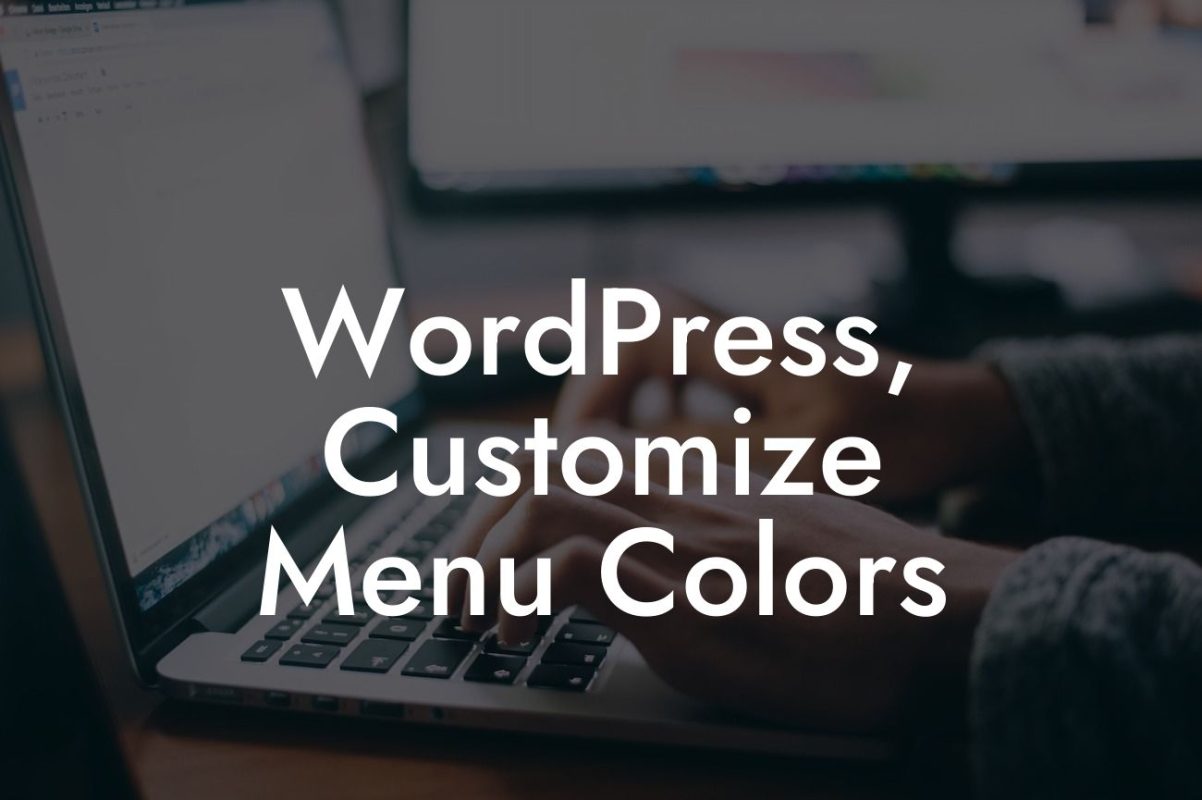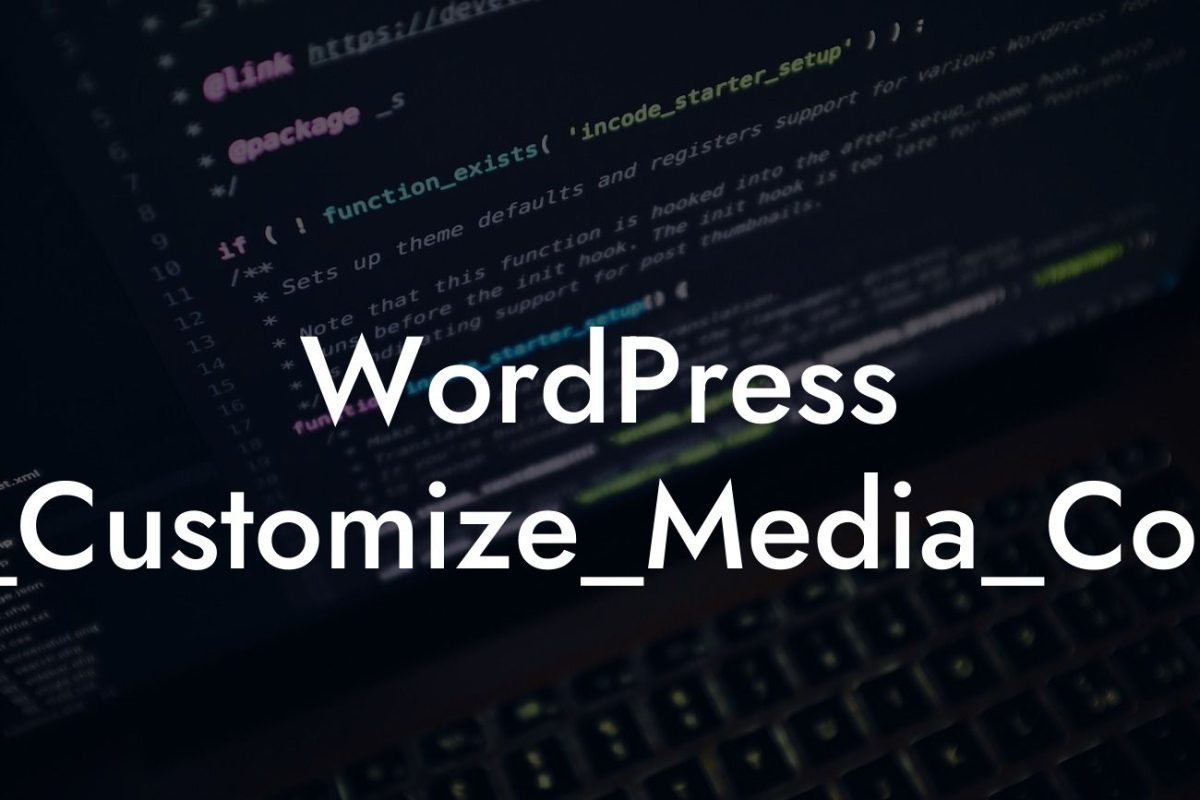---
Do you want to take your WordPress website to the next level by adding custom HTML code? If you're ready to enhance your site's functionality and create a unique online presence, you've come to the right place. In this comprehensive guide, we'll walk you through the process of adding HTML to WordPress, step by step. Whether you're a small business owner or an ambitious entrepreneur, mastering HTML integration can give you the power to supercharge your success. Let's dive in!
Adding HTML code to WordPress is easier than you think. With a few simple steps, you can customize your website, boost its functionality, and make it truly one-of-a-kind. Here's a detailed guide on how to add HTML to your WordPress site:
1. Identify the HTML element:
- Start by identifying the specific HTML element you want to add to your site. It could be a contact form, a pricing table, or a custom widget. Knowing what you want to achieve will help you find the right HTML code.
Looking For a Custom QuickBook Integration?
2. Create a child theme:
- Before making any modifications, it's crucial to create a child theme. This ensures that your customizations won't be lost when you update your WordPress theme in the future.
3. Access your theme's files:
- Using an FTP client or the file manager in your hosting control panel, navigate to your theme's files. Look for the folder named after your active theme and open it.
4. Locate the appropriate file:
- Depending on where you want to add the HTML code, locate the appropriate file, such as "header.php" for the header section or "footer.php" for the footer section.
5. Add the HTML code:
- Open the desired file and find the appropriate location where you want to add your custom HTML code. Insert the code between the appropriate HTML tags, ensuring proper formatting.
6. Save and update:
- Save the changes you made to the file and update your WordPress site. You can now see the HTML element live on your website.
How To Add Html To Wordpress Example:
Let's say you want to add a custom contact form to your WordPress site. By following the steps above, you can easily achieve this. Locate the "contact.php" file in your theme's files, add the necessary HTML code between the form tags, and save the changes. Once updated, your website will display a fully functional contact form created with HTML.
Congratulations! You've successfully learned how to add HTML to WordPress. By leveraging the power of HTML integration, you can take your website's functionality and design to new heights. Remember, DamnWoo offers a range of awesome WordPress plugins specifically designed for small businesses and entrepreneurs. Supercharge your success by exploring our other guides and trying out our plugins today! Don't forget to share this valuable article with others who might benefit from it.













